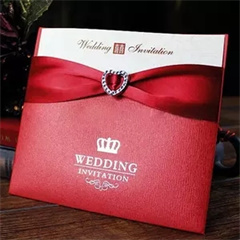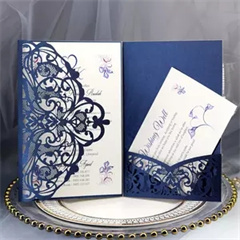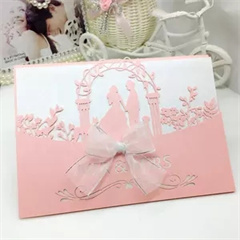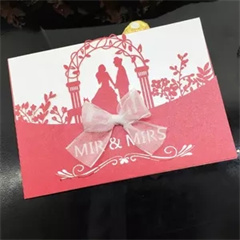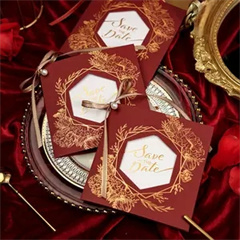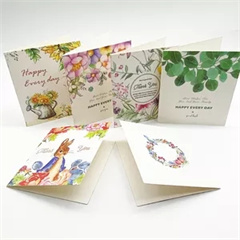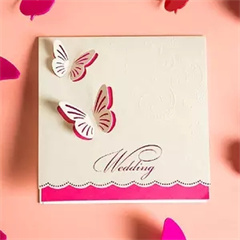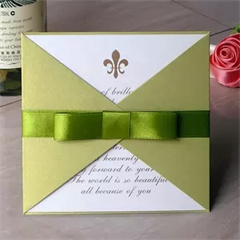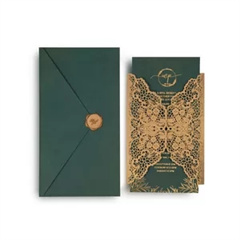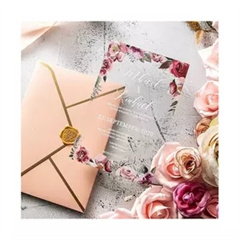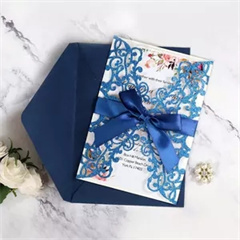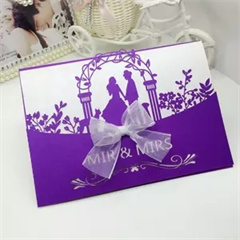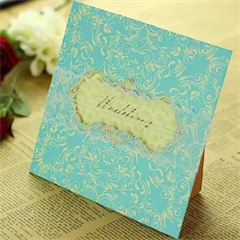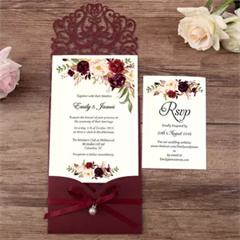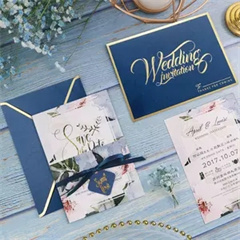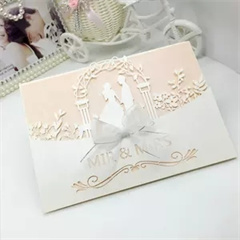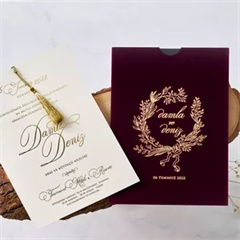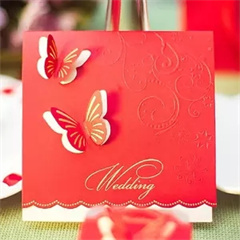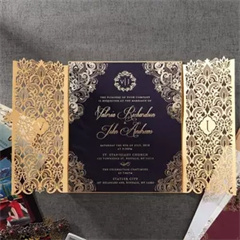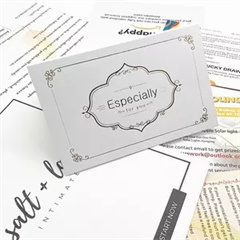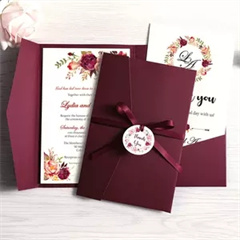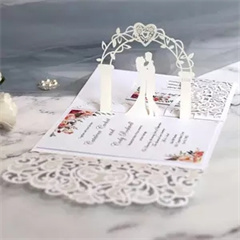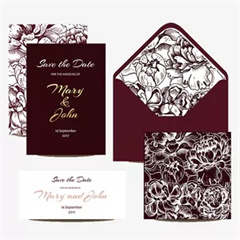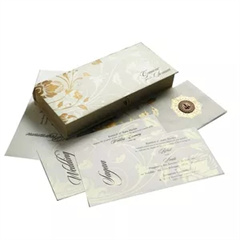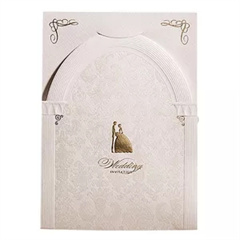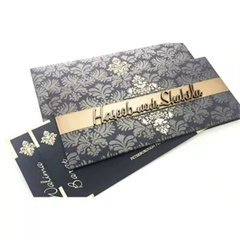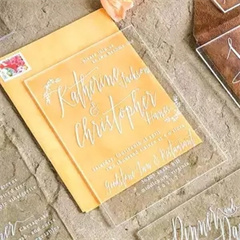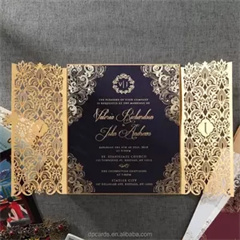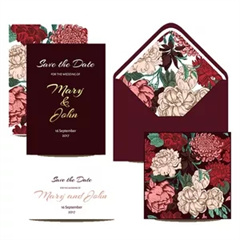Classification of printing methods
Service Scope: We undertake all kinds of wedding card wholesale, printing, custom size, color, packaging, etc., and can also customize any logo. Our products are very popular and the prices are cheap. We hope you are interested in our products.
1: Special printing
According to different printing materials and processes, special printing can be divided into gold and silver printing; anodized aluminum hot stamping; concave and convex embossing; die-cutting indentation; metal printing; self-adhesive printing; glazing and pasting; three-dimensional printing; Bubble printing; inkjet printing; holographic printing and so on.
2: Filter printing
Silkscreen printing is typical of filter plate printing. The ink penetrates through the mesh (graphics and texts) of the fabric and is copied into graphics and texts on the surface of the substrate.
3: Offset printing (offset printing)
Now it is customary to call offset printing offset printing. The graphics and text of the printing plate are on the same plane as the blank part. The principle of oil-water separation allows the graphics and text to finally be transferred to the surface of the printed matter. Mainly used in book printing, etc.
4: Flexographic printing (belonging to letterpress printing)
In the beginning, the flexographic plate was named flexographic printing because of the volatile liquid color ink made of aniline dye, and the plate material used a rubber plate. However, with the development of science and technology, plates and inks have undergone great changes, and flexographic printing has become today’s flexographic printing.
5: Letterpress printing
Any printing method in which the printed image and text are higher than the blank part, and ink is coated around the image and text, and the image and text imprint is copied to the surface of the printed matter through the action of pressure, which is called relief printing.
6: Gravure printing
Intaglio printing and letterpress printing are just the opposite. The graphics and text are recessed, while the blank part remains the original plane. The image and text part accepts the ink layer and transfers the ink layer to the surface of the printed matter through the pressure of the printing cylinder to copy the printed matter.
